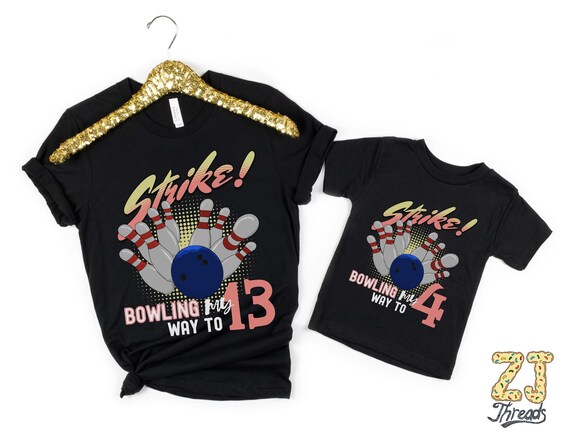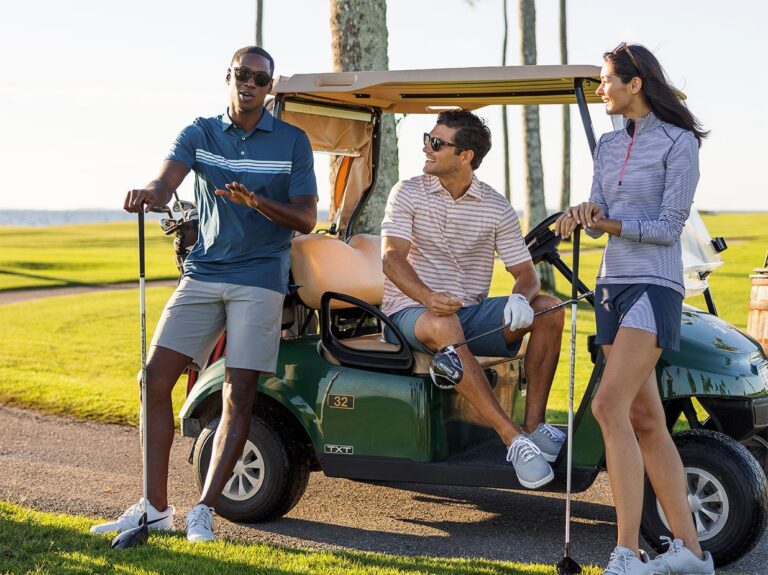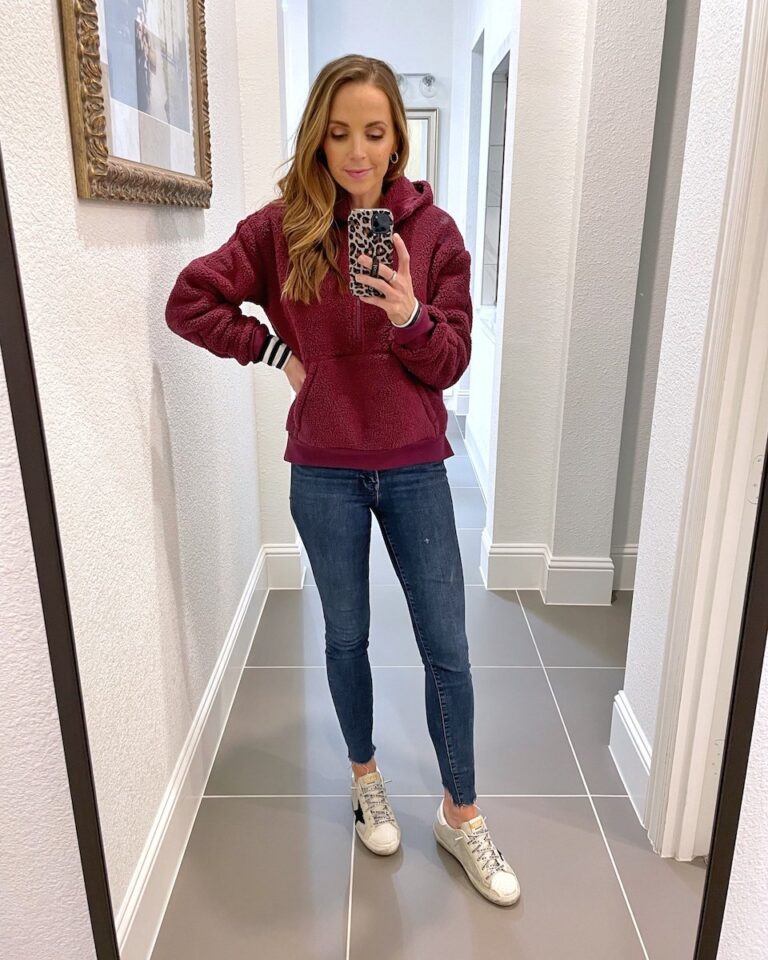For horseback riding in winter, it is important to wear warm and comfortable clothing.
Dressing For Winter Horseback Riding
Layering is key for staying warm and comfortable on horseback during the winter months. Choose moisture-wicking base layers to keep sweat away from your body and stay dry. These base layers could include long-sleeved tops and leggings made from materials such as merino wool or synthetic fibers. Insulated and water-resistant outerwear is essential to protect you from the cold and any rain or snow you might encounter. Look for jackets and pants with a good amount of insulation and a durable water-repellent (DWR) finish to keep you warm and dry. Additionally, don’t forget about protecting your extremities. Wear insulated gloves or mittens to keep your hands warm, and don’t forget to wear warm, waterproof boots to protect your feet from the cold and potential moisture.
Base Layers For Winter Horseback Riding
For maximum warmth while horseback riding in winter, it is essential to choose thermal tops and bottoms. Opt for materials that are designed to provide insulation and retain heat. A good option to consider is fleece-lined leggings, as they provide an extra layer of warmth and insulation. Additionally, moisture-wicking materials are beneficial as they help regulate body temperature and keep you dry by wicking away sweat. Look for base layers made from fabrics like merino wool or synthetic blends that offer both insulation and moisture-wicking properties. These materials help to trap body heat and keep you comfortable during colder rides. By choosing appropriate base layers, you can ensure that you stay warm and cozy while enjoying your horseback riding adventures in winter.
Choosing The Right Outerwear
Insulated riding jackets are a great option for staying warm while horseback riding in winter. They provide ample warmth without adding unnecessary bulkiness, allowing for easy movement while riding. Look for jackets that offer insulation to keep you warm in low temperatures.
It’s also important to consider the waterproof or water-resistant features of the jacket. This will help keep you dry in case of winter showers or snowfall. A wet jacket can quickly make you feel cold, so opt for a jacket that can withstand wet conditions.
If you’re looking for added warmth and mobility, consider wearing a riding vest over your jacket. Vests are a great layering option as they provide additional insulation while allowing for ease of movement.
Equipping Your Lower Body
Equip yourself for winter horseback riding with the right attire for your lower body. Stay warm and comfortable with insulated riding pants and thermal socks to protect against the cold.
In order to stay comfortable and protected while horseback riding in winter, it’s important to equip your lower body properly. Insulated riding breeches or pants are a must-have to keep you warm during chilly rides. Layering with thermal leggings or long underwear underneath can provide extra warmth and insulation. Additionally, waterproof or water-resistant chaps or half-chaps are recommended to protect your lower legs from rain, snow, and mud. These can also help keep your legs dry and prevent any discomfort. By investing in the right gear for your lower body, you can ensure a comfortable and enjoyable riding experience even in cold winter weather.Protecting Your Feet
When horseback riding in winter, it is essential to invest in winter riding boots with insulation. These boots are designed to keep your feet warm even in the coldest temperatures. Additionally, wearing moisture-wicking socks is crucial to keep your feet dry and prevent discomfort. These socks are designed to wick away sweat and moisture from your skin, helping to maintain a comfortable temperature.
In colder temperatures, you may want to consider adding toe warmers for extra warmth. These small heat packs can be easily inserted into your boots to provide additional insulation and keep your toes toasty.

Credit: www.fei.org
Keeping Your Hands Warm
When horseback riding in winter, it’s crucial to keep your hands warm. Insulated riding gloves or mittens are essential for protecting your hands from the cold. Look for gloves with grip to ensure better control of the reins. Consider using glove liners for added warmth in freezing temperatures. These liners can be easily inserted into your gloves and provide an extra layer of insulation. Additionally, it’s important to choose gloves that are comfortable and allow for freedom of movement. Taking care of your hands during winter riding is essential for a comfortable and enjoyable experience.
Head And Neck Protection
When horseback riding in winter, it is important to properly protect your head and neck from the cold weather. One essential item to wear is a warm and moisture-wicking hat or beanie. This will help keep your head warm and dry throughout the ride. Additionally, investing in a windproof and insulated neck gaiter or scarf is recommended. These accessories will not only provide protection against the cold wind but also help retain heat around your neck. Moreover, for added warmth and comfort, consider wearing a helmet liner or cover. This will provide an extra layer of insulation and keep your head and ears cozy during the ride. By following these tips, you can ensure a comfortable and enjoyable horseback riding experience even in winter.
Additional Winter Riding Accessories
When horseback riding in winter, it is important to dress appropriately to stay warm and comfortable. In addition to the basic winter riding gear, there are a few additional accessories that can enhance your riding experience:
- Warm and waterproof riding socks are a must to keep your feet dry and insulated.
- Consider using hand and toe warmers for extreme cold conditions to provide extra warmth and comfort.
- For added foot warmth, you could wear heated insoles that keep your feet cozy during the ride.
Tips For Riding Comfortably In Winter
When horseback riding in winter, it is important to dress appropriately to ensure comfort and safety. Here are some tips to help you stay warm and comfortable:
- Take breaks to warm up and stretch your body.
- Stay hydrated and nourished to maintain energy levels.
- Adjust your riding schedule to avoid the coldest times of the day.
When taking breaks, find a warm area to rest and stretch your muscles. This will help prevent stiffness and keep your body flexible. Remember to drink plenty of water and eat nutritious snacks to keep your energy levels up. Additionally, try to plan your rides during the warmer parts of the day to avoid the coldest temperatures. By following these tips, you can enjoy horseback riding in winter while staying comfortable and safe.
Frequently Asked Questions On What To Wear Horseback Riding In Winter
What Do Horse Riders Wear In Winter?
Horse riders wear insulated and waterproof clothing, including jackets, pants, and gloves, to stay warm in winter. They may also wear layers for added warmth and protection from the elements. Proper footwear, such as insulated riding boots, is crucial to keep their feet warm and safe while riding.
How Cold Is Too Cold For Horseback Riding?
Horseback riding is too cold when temperatures fall below freezing or reach extreme cold levels.
Are Leggings Ok To Wear Horse Riding?
Yes, leggings are suitable for horse riding. They provide comfort, flexibility, and grip. However, it’s essential to choose leggings made from durable and stretchy materials to ensure proper movement and protection while riding. Avoid loose or baggy leggings to prevent any entanglement hazards.
How Do You Layer For Winter Horseback Riding?
Layering for winter horseback riding involves wearing multiple thin layers for insulation, such as a base layer, mid-layer, and outer layer. Opt for moisture-wicking fabrics to stay dry and warm. Don’t forget to wear a waterproof and wind-resistant jacket, warm socks, and insulated boots.
Conclusion
Dressing appropriately for winter horseback riding is crucial for both comfort and safety. Utilizing layers, thermal fabrics, and waterproof gear can help protect against the cold weather elements. Remember to wear proper headgear and footwear to ensure a secure and comfortable ride.
By following these guidelines, you can enjoy horseback riding all winter long without compromising your comfort or safety.






